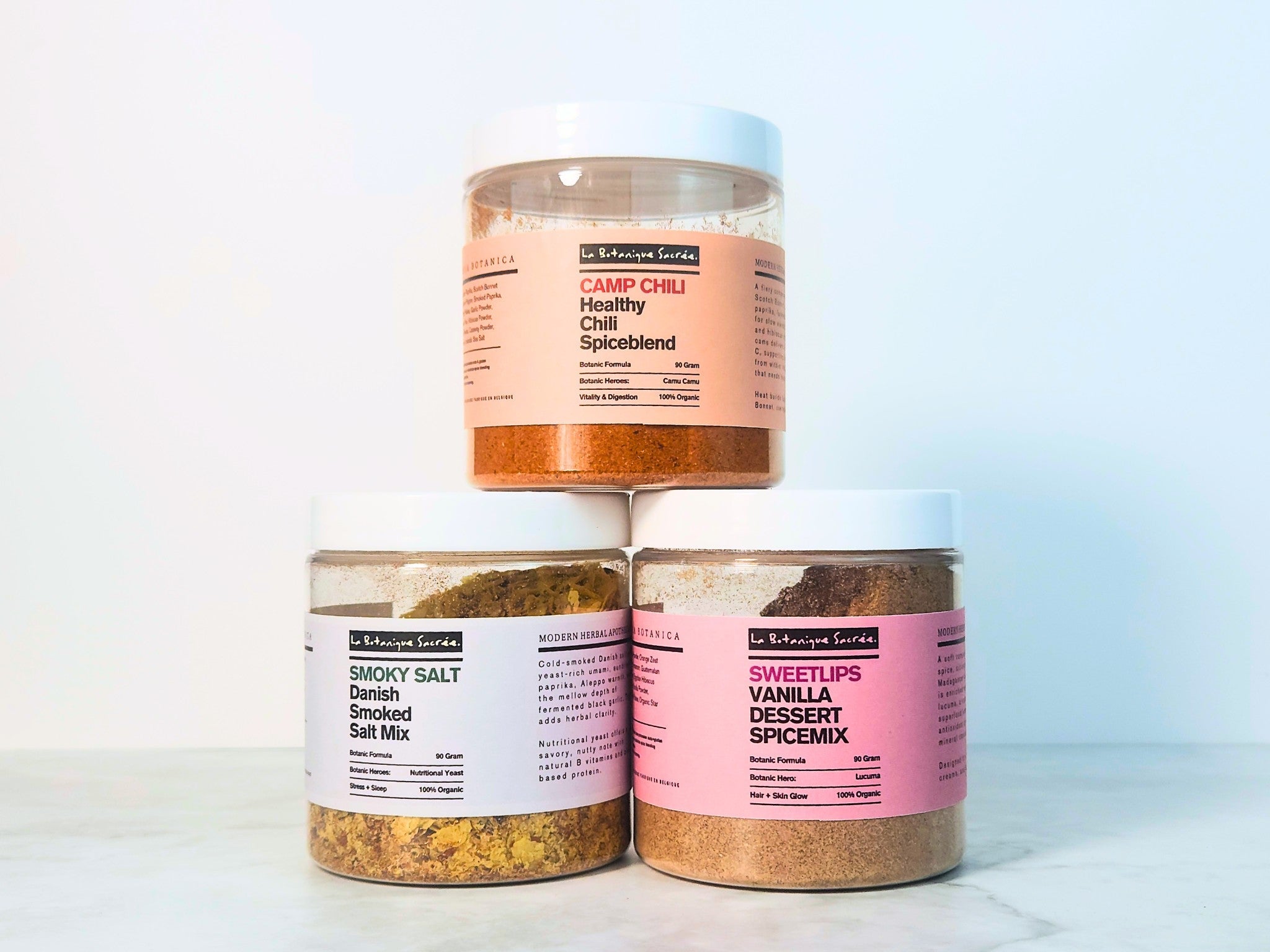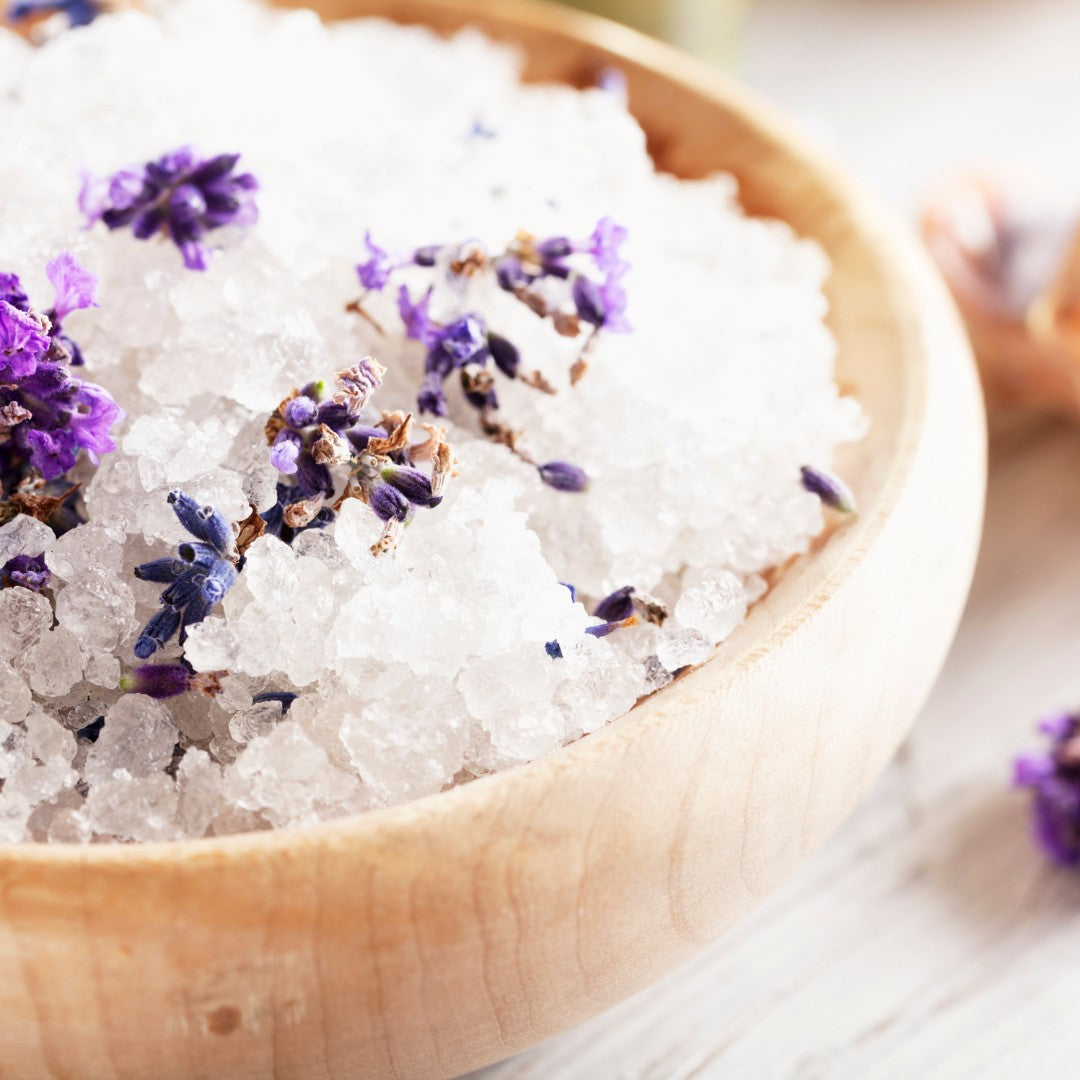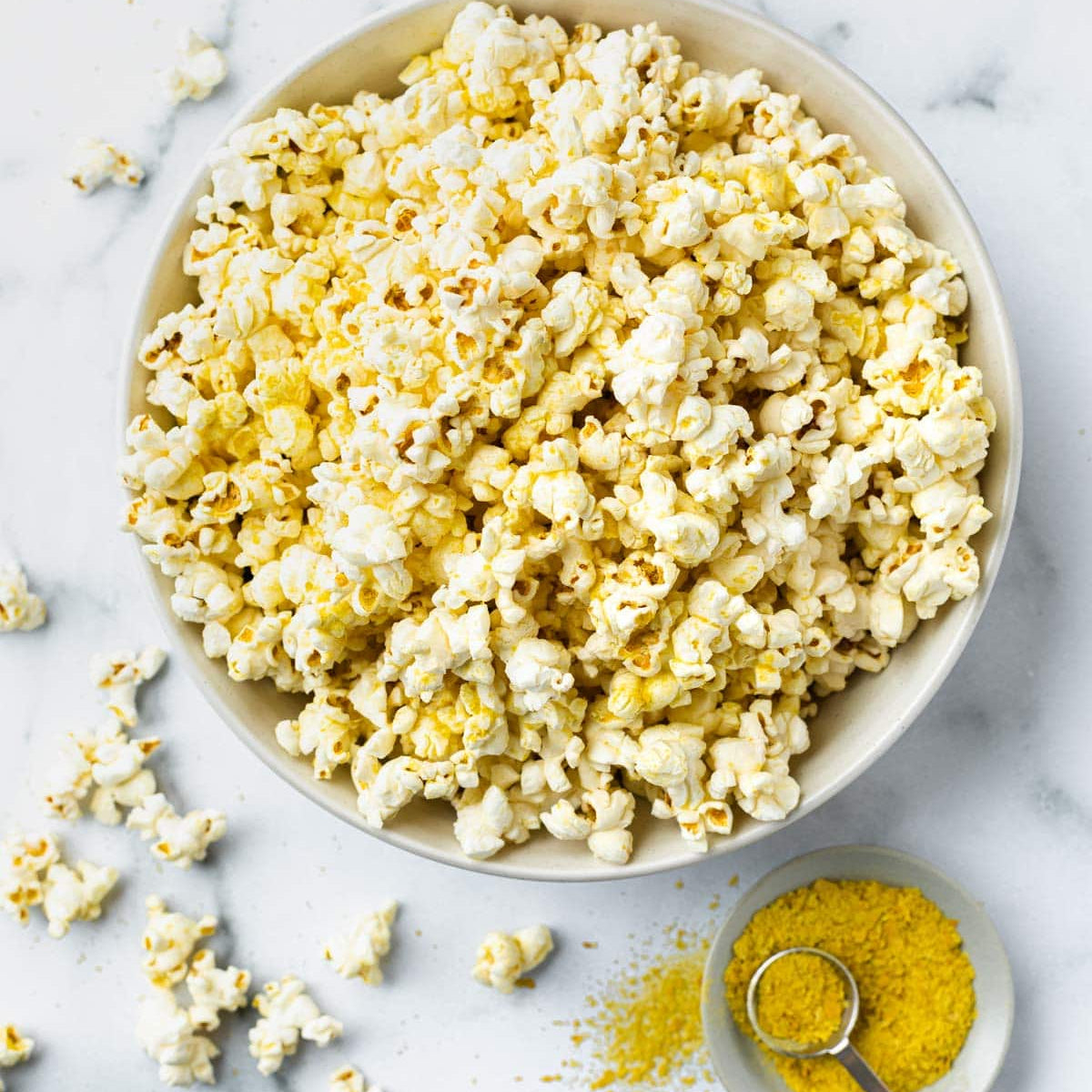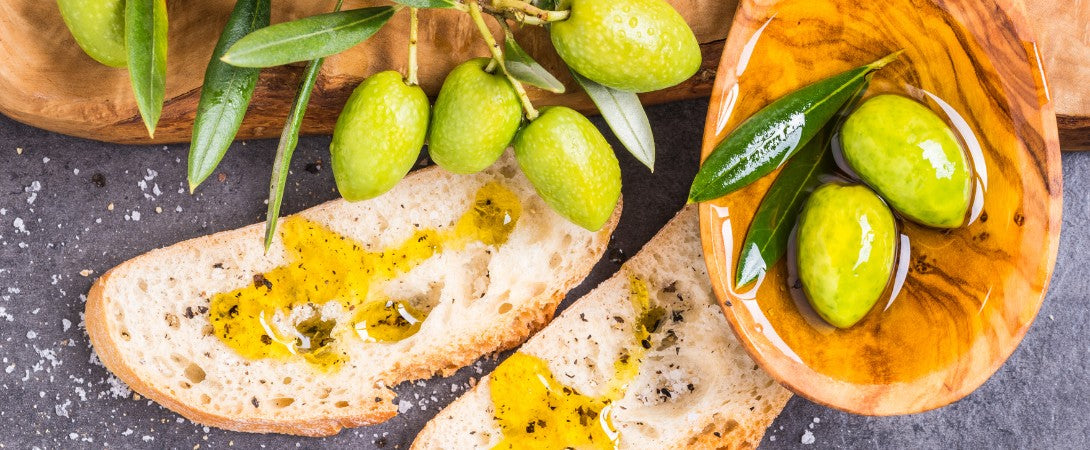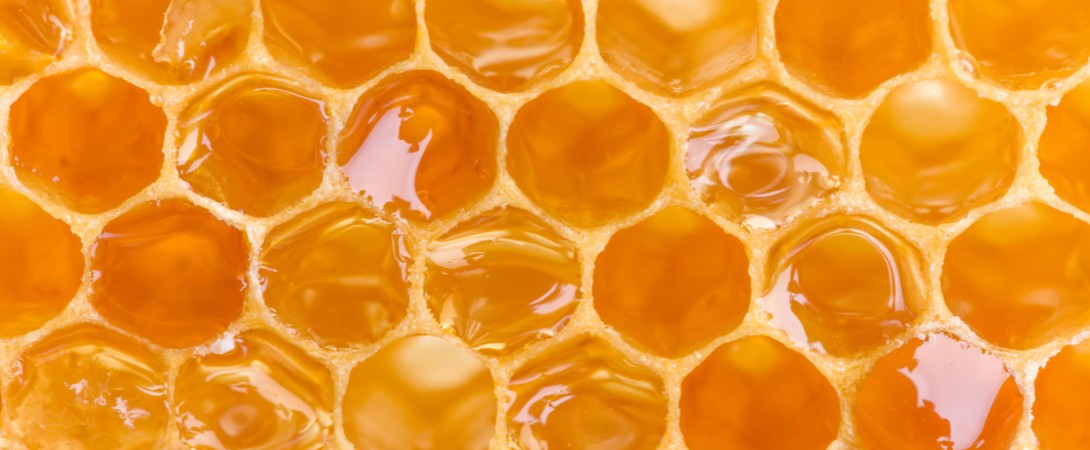Organic Cumin Powder for a bright nutty citrus lift
Organic Cumin benefits extend beyond its signature nut-citrus fragrance. The seed concentrates the aldehyde cuminaldehyde, minerals such as iron and potassium, and dietary fibre that steadies starch digestion. Worldwide cultivation now exceeds 800 000 t per year, with India responsible for three-quarters of the harvest.
From Babylonian stews to Andalusian spice chests, cooks have relied on cumin benefits to brighten pulses, tame lamb fat, and preserve sauces.
La Botanique Sacrée taps this heritage, folding cumin into functional blends where fragrant warmth meets botanical precision.
Science and Composition
Chemical Composition
Steam-distilled oil from cumin seed holds 19–64 % cuminaldehyde, 6 % p-cymene, plus γ-terpinene, β-pinene, and traces of linalool .. terpenes that drive the sweet-citrus nuttiness at the stove and furnish antimicrobial action. Total polyphenols average 89 mg GAE g⁻¹ and support radical-scavenging capacity (IC₅₀ 9 µg mL⁻¹) comparable with green tea
Origin & Nutritional Composition
A 100-g portion of whole seed provides 18 g protein, 10 g fibre, and 66 mg iron (triple the daily value) alongside magnesium (366 mg), potassium (1 ,788 mg), and modest vitamin E.
Seeds dry on umbels in Gujarat and Rajasthan before sun-winnowing below 10 % moisture; this gentle curing protects volatile aldehydes crucial to cumin benefits
Reported Health Benefits
Randomised trials administering 50–100 mg encapsulated cumin daily for eight weeks observed improved fasting glucose and lipid profiles in adults with metabolic syndrome, hinting at α-glucosidase modulation and hepatic β-oxidation support.
Cumin essential-oil fractions inhibit Staphylococcus aureus and suppress β-carotene oxidation in model foods, suggesting preservative value at culinary doses PubMed.
Insoluble fibre accelerates intestinal transit, while volatile aldehydes stimulate gastric juice, easing legume digestion. These are culinary cumin benefits praised since Hippocratic texts.
Heritage and Function
Cultural Significance & Historical Significance
Cuneiform tablets list cumin among Mesopotamian temple rations; Egyptian tomb inventories carried it for afterlife feasts.
Roman legionnaires paid rent in “cumini sesquipondium,” and medieval English manors levied cumin as spice tax.
Ayurveda prescribes roasted cumin with ghee for agnideepana, kindling digestive fire and underscoring timeless cumin benefits in wellness.
Flavor Profile
Cumin offers warm earth, faint bitterness, and bright mandarin thanks to cuminaldehyde; toasting deepens cocoa and walnut notes while softening raw sharpness. Heat is gentle, finishing with peppery lift that marries seamlessly with coriander, turmeric, and chili.
Fun Tidbits
La Botanique Sacrée's Approach
Why We Use It
Cumin benefits lend citrus-nut clarity that steadies smoky paprika, balances baobab acidity, and elongates heat from Urfa chile. Its fine grind resists clumping in high-salt matrices, and aldehyde richness extends volatile shelf life. A perfect fit for our modern apothecary ethos.
Sourcing Information
Partner farms in Rajasthan cultivate certified-organic cumin under drip irrigation; seeds air-dry on woven mats, are CO₂-fumigated, cryo-milled at –20 °C, and nitrogen-flushed to preserve ≥2.5 % essential oil. Each lot must show aflatoxin <2 ppb and iron <4 mg kg⁻¹ dust.
Products Featuring Cumin
THE SOUK - Moroccan ras el hanout royal with carob and lucuma; classic cumin and black cumin in the core stack.
TACO No1 - Taco composition built on chipotle and guajillo; a cumin–coriander body with citrus and berry nuance.
SPICY AIOLI - Smoky garlic–turmeric aioli seasoning where cumin and smoked paprika add warm depth and structure.




